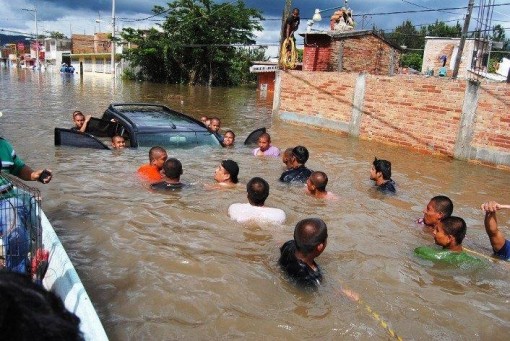Ahead of the rainy season in Mexico, Civil Protection authorities recommend having a plan of action to prevent, act and evaluate damage to minimize the effects of the weather phenomenon and safeguard their communities.
Heavy rainfall can cause flooding and landslides on slopes and unstable areas, so it is important as a first step, to strengthen prevention.
The National Center for Disaster Prevention (Cenapred) suggests updating the atlas of risks and identify regions that are susceptible to flooding, and settlements near dams, rivers, canyons and hillsides.
In an infographic, the agency of the Ministry of the Interior (Interior Ministry) calls . . .






